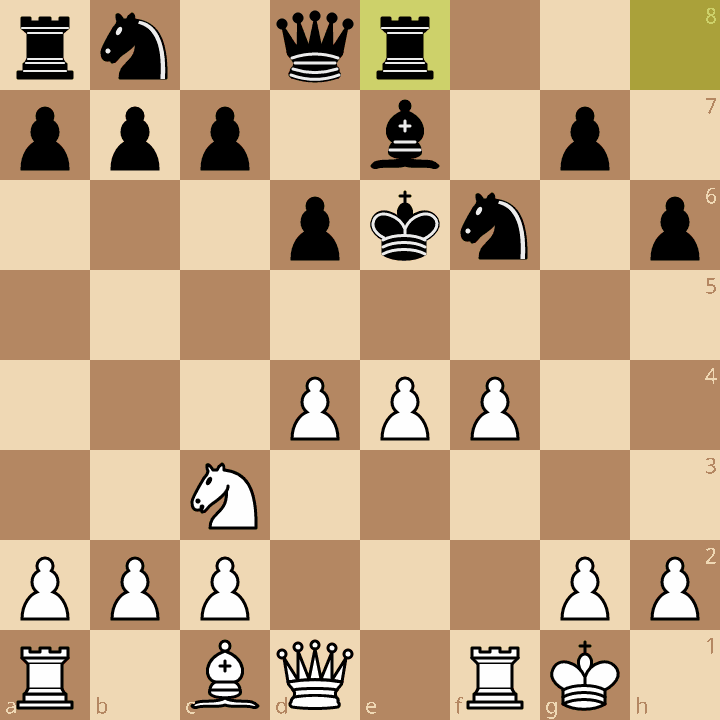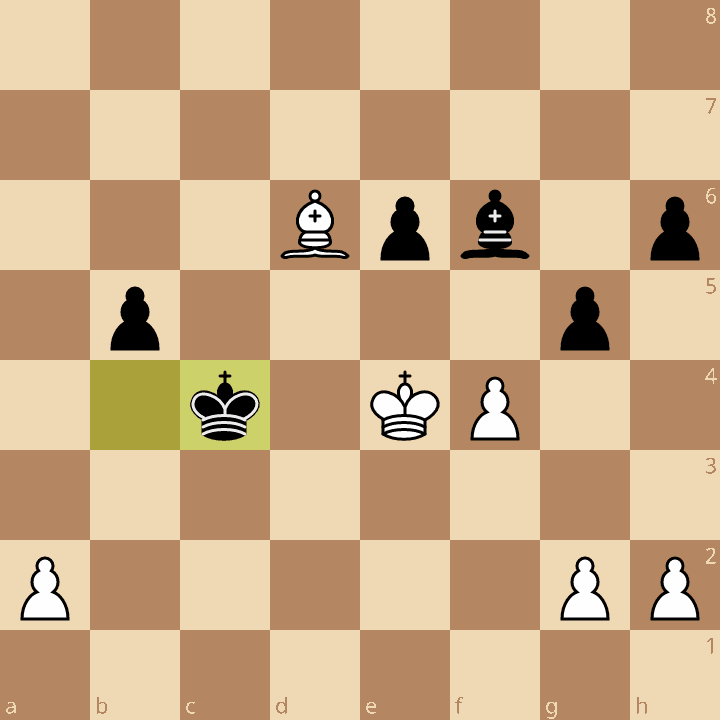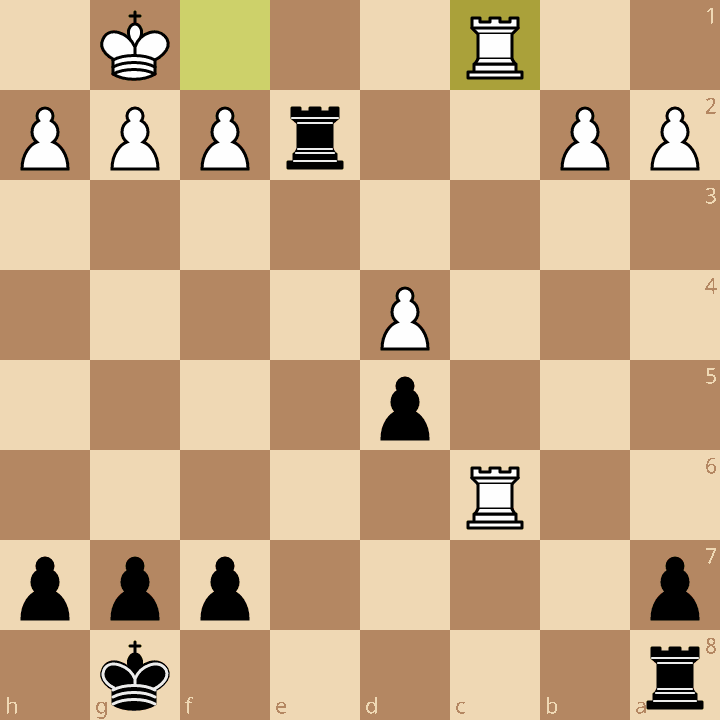Chess engines are amazing tools. These computer programs, better at chess than any human, will tell you the evaluation for any position, and will tell you which moves are good and which are bad. And they’ll do it for free, in unlimited quantities, day or night.
It really seems like an incorrect conclusion when people insist that engine use is detrimental to chess improvement. But people do, for example in the replies to this recent tweet by GM Eugene Perelshteyn.
You can read the replies here.
I come down squarely on the “benefits” side of this argument. Do you ever have chess principles that you think you know, but fail to apply correctly in games? The answer is surely yes, you do. Stockfish (or another engine) can show you when these are happening in your games. A coach can do this too, but a coach will not analyze every one of your blitz games. Chess is vast, and volume matters.
In addition to these helpful pointers, Stockfish, of course, will also alert you to forced 14-move combinations that no human could ever see. And it won’t tell you which is which. But if you work with it patiently, and are willing to discard the advice that doesn’t help you, it can be very helpful.
Here are ten instances where Stockfish alerted me that I was failing to apply chess principles I knew, or should have known. These are all from slow blitz (5 3) games on Lichess.
Don't play en passant whenever possible. I played exf6 in this position. Terrible move, Stockfish said! I learned that while en passant is often a good move, in this position giving up control of the f6 square is too high a price to pay. Stockfish likes lots of moves here; h4, attacking the g6 weakness, makes the most sense to me.
When you need to attack, open up lines around your opponent's king. This is a Cochrane Gambit game, where I've sacrificed a piece for an attack on the black king. I played f5+, gaining space on the kingside. But that's a bad move, Stockfish said. You can't play something so slow when you're down a piece! e5, forcing a pawn trade and opening up some lines, is better.
You've heard of "attack a pinned piece"? How about "Pin an attacked piece"? That works too, Stockfish pointed out to me here. Qc3 wins the knight.
Just because a pawn has moved, doesn't mean it can't move again. OK, that's a funny sounding blind spot, but I figured out through Stockfish analysis of my blitz games that it's one I have. d5 is a good move in this position, and should have been a candidate move for me.
Look for ways to blockade your opponent's advancing pawns. I was worried about the b-pawn advancing towards my king. I shouldn't have been, Stockfish said. Let them play b4, respond with Na4, and they have nothing.
Recognize opportunities to create a favorable Panov structure. The computer really liked c4 in this position. I didn't understand that move, so I looked into it. It's called the Panov structure, and it can be really favorable in a position like this. Stockfish taught me that if white plays b3, then ...Bb4, ...Qa5 and ...Ne4 can work together to punish white for their weaknesses on the a5-e1 diagonal, and ...b5 can create a protected passed pawn.
If you see a move that wins slowly, look for a move that wins quickly. In this position I jumped at the chance to isolate another black pawn, and played fxg5. Stockfish agreed that the position was slightly better for me after that. But there's a faster way: play f5, and my king will be able to penetrate the black position and win one of the kingside pawns. (g4 also wins pretty quickly; the explanation is a bit more complex for that one)
A move that does multiple things is better than a move that does one thing. My opponent was threatening back-rank mate here. I played a move that parried that threat, g6. But Stockfish's suggestion, Rae8, accomplishes the same thing, while also accomplishing two other things: developing the rook, and threatening back-rank mate of my own.
Make threats against your opponent's weaknesses. Obvious, right? But with surprising frequency I've been failing to do it, Stockfish tells me, repeatedly. For example, this position is not complicated. Ra5, which I did not play, would've effortlessly won the d5 pawn.











